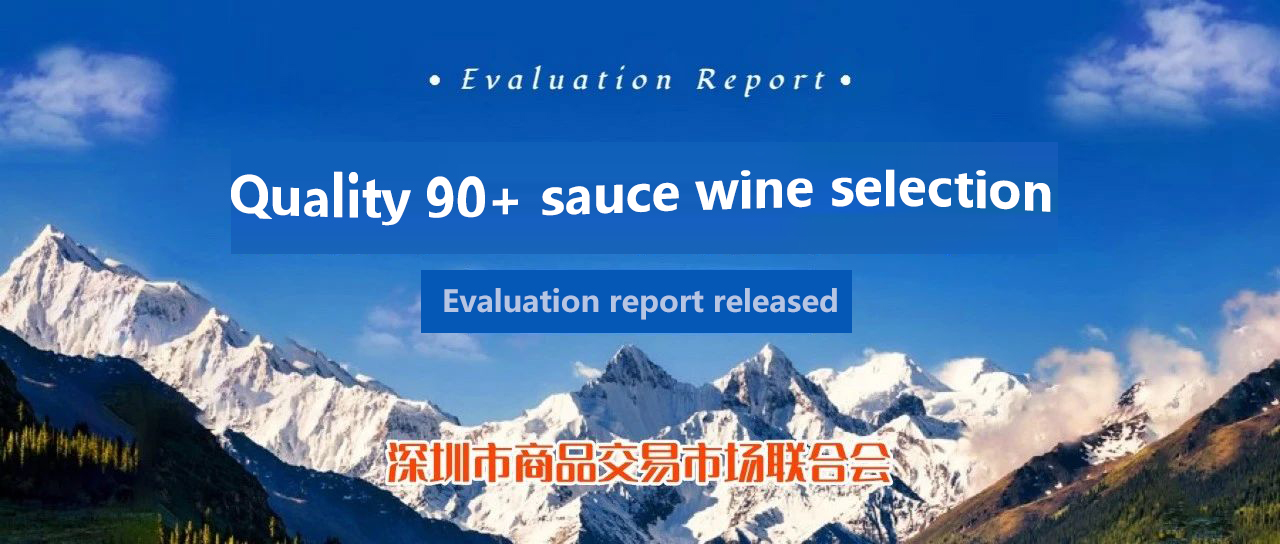
August 2023
Shenzhen Quality Consumption Research Institute
Shenzhen Federation of Social Organizations
Shenzhen Liquor Industry Association
Shenzhen Commodity Exchange Market Federation
Shenzhen Quality Association
Jointly released the evaluation report of the "Quality 90+" sauce wine selection activity
The evaluation report includes sensory evaluation and food safety indicators
The weight of sensory evaluation index is 70%
The weight of food safety indicators is 30%
In the sensory evaluation process
National class sommeliers were invited
Shenzhen municipal wine evaluation committee and other national liquor tasters
Experts to evaluate, also invited Shenzhen well-known industry
Association leaders, media representatives and consumers
The representative reviews
The event lasted 10 months, and a total of 39 products entered the contest
The selection process is open, fair and impartial
The activity improves the consumer's trust in the product
It promoted the healthy development of the sauce wine market
Final selection
24 types ★★★★★ ★ preferred sauce wine
7 types ★★★★ recommended sauce wine
In the selection results, the sauce wines in the same price group were ranked in no particular order
The list is divided into three groups by sales price (RMB) :
900 groups, 600 groups, 300 groups, the same price group with the same star ranking in no particular order
900 price group five star preferred list
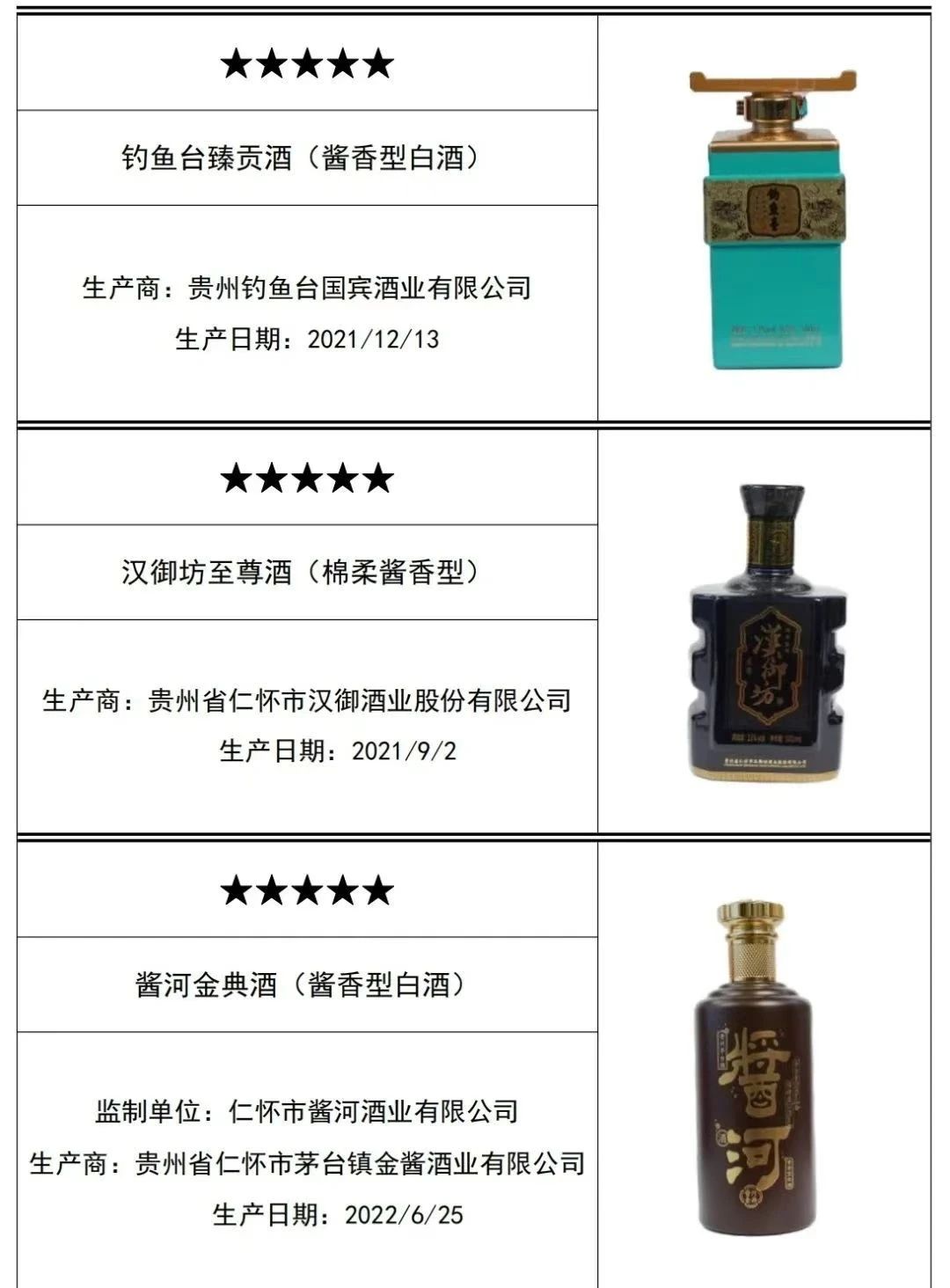
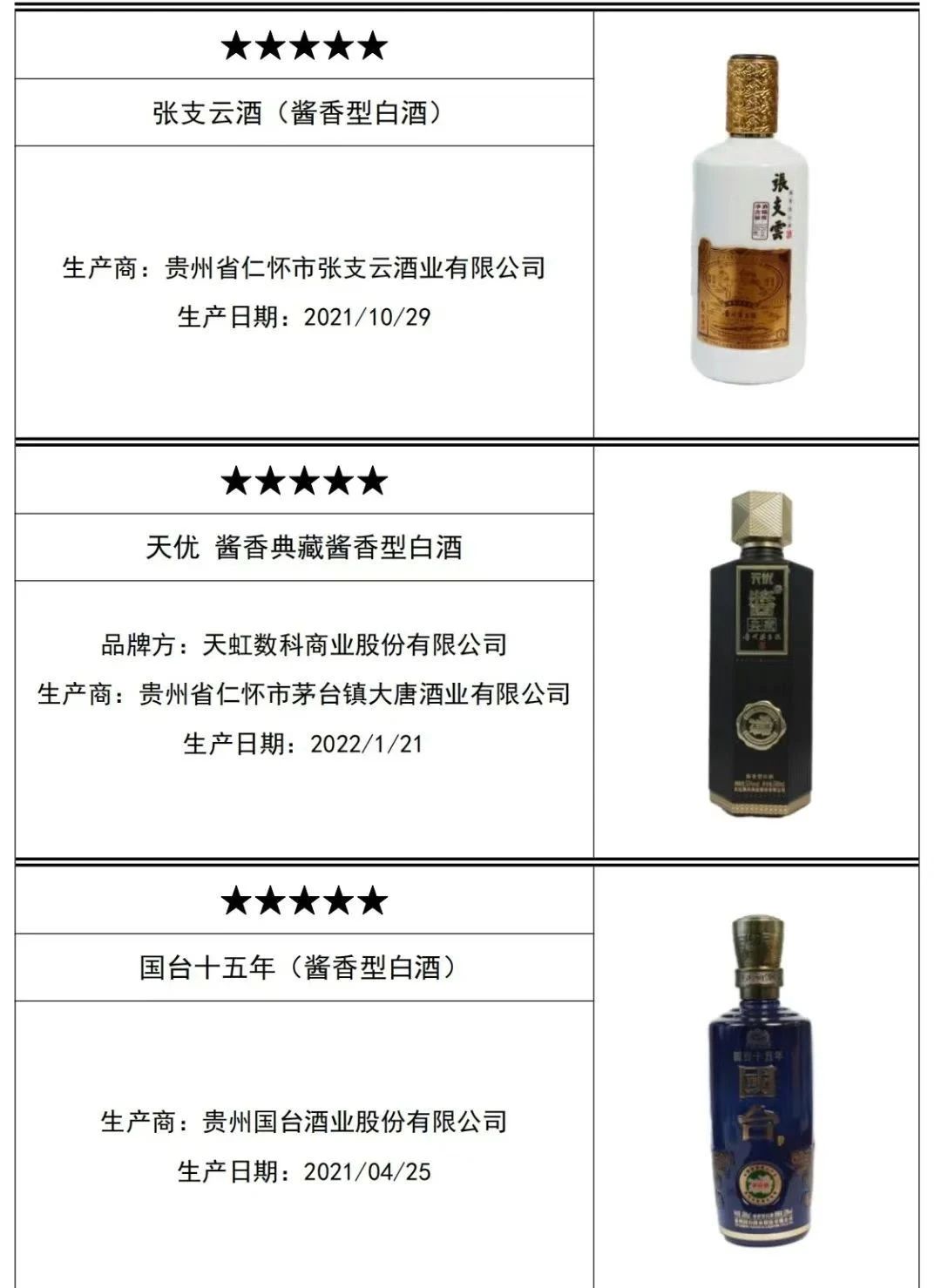
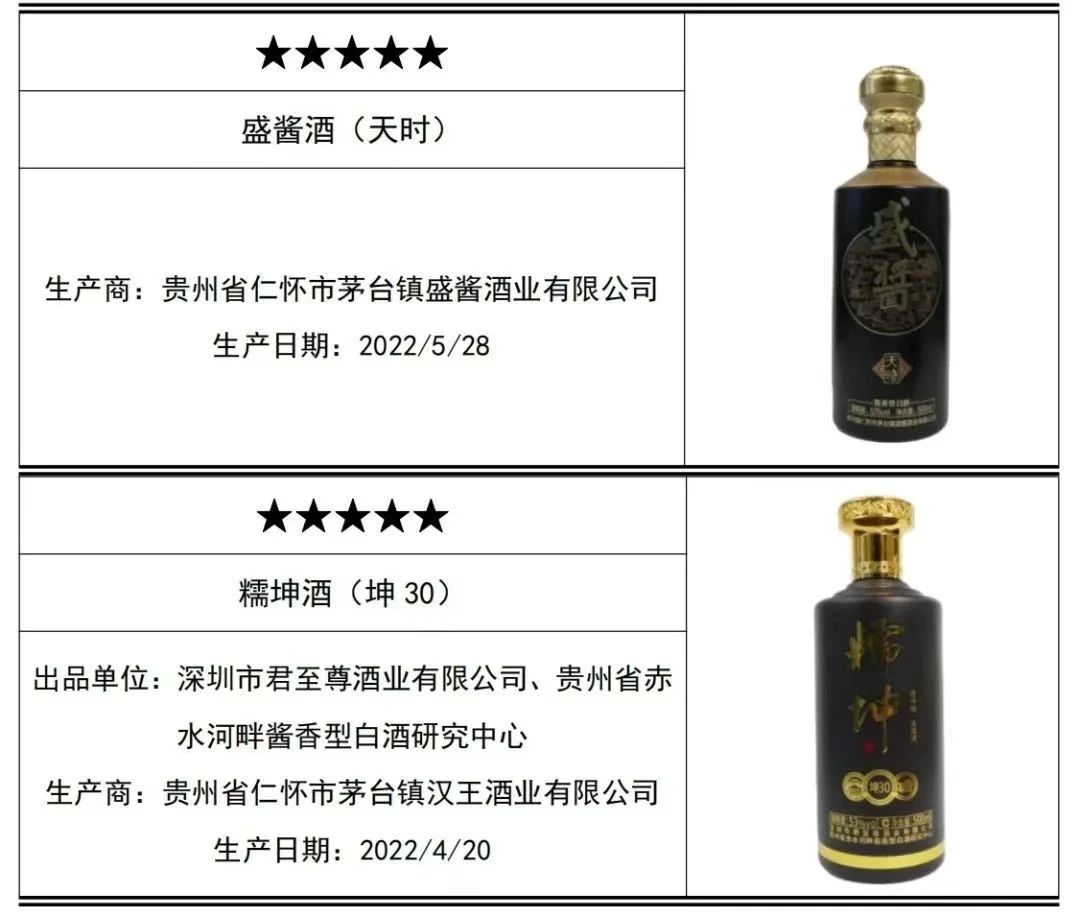
600 price group five star preferred list
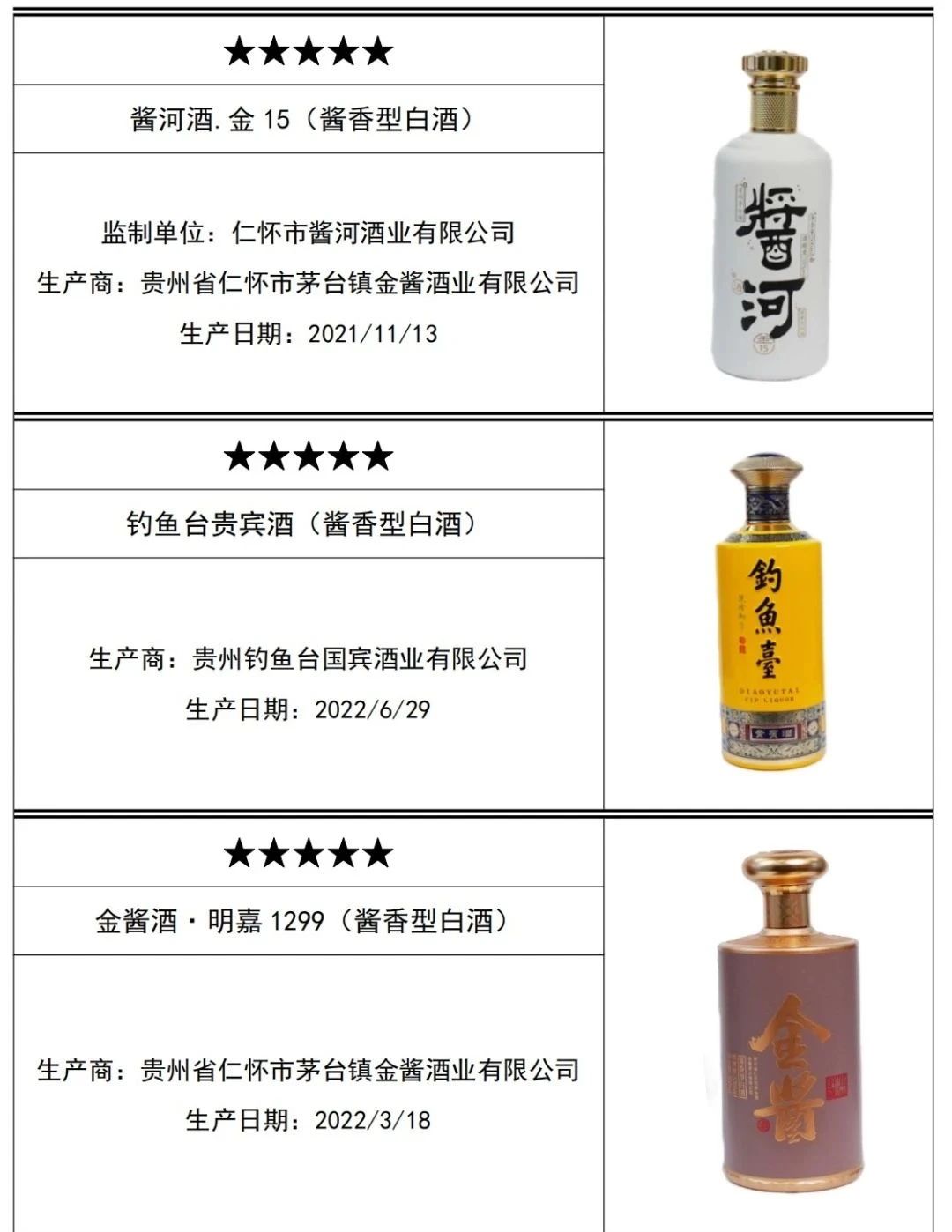
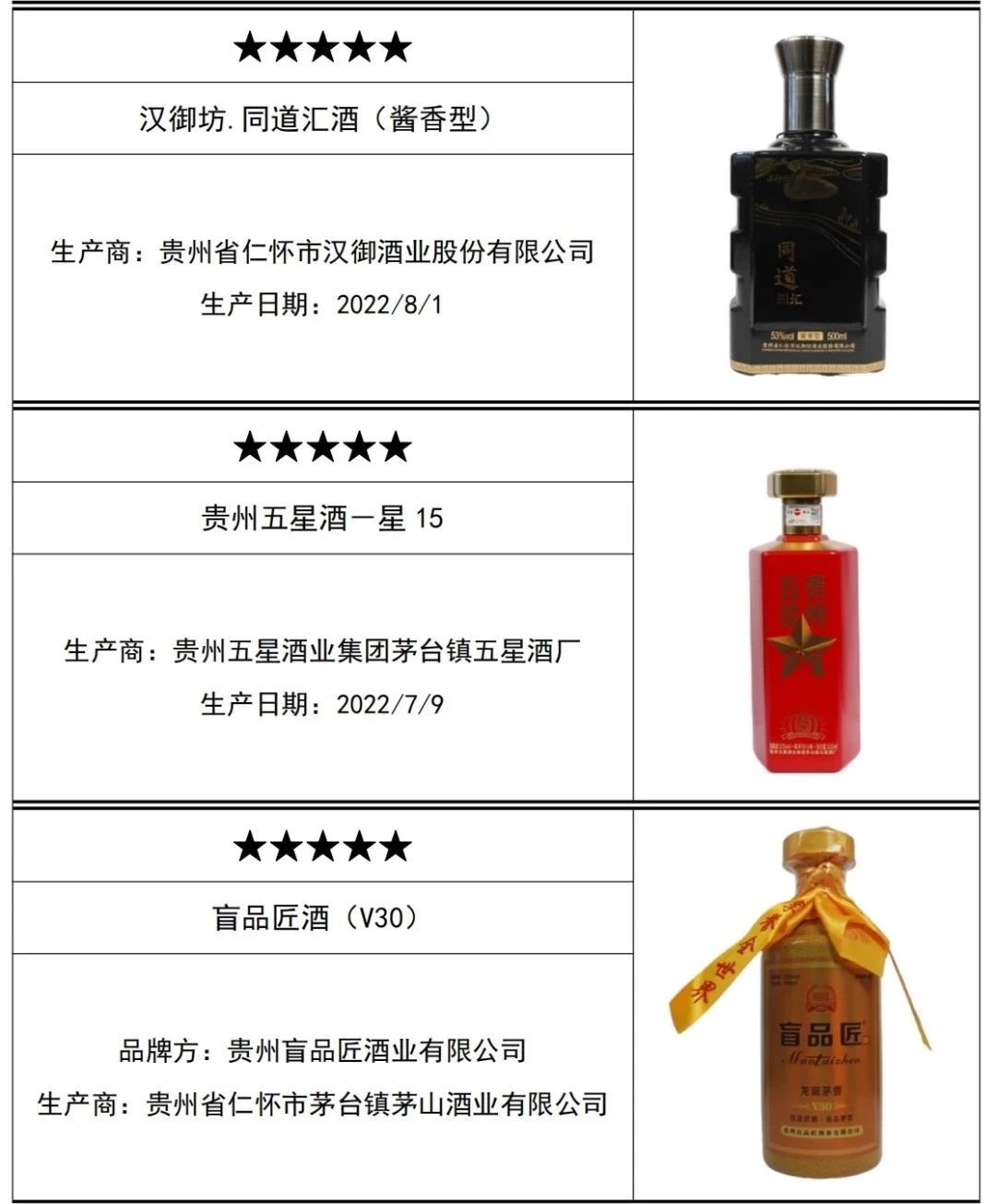
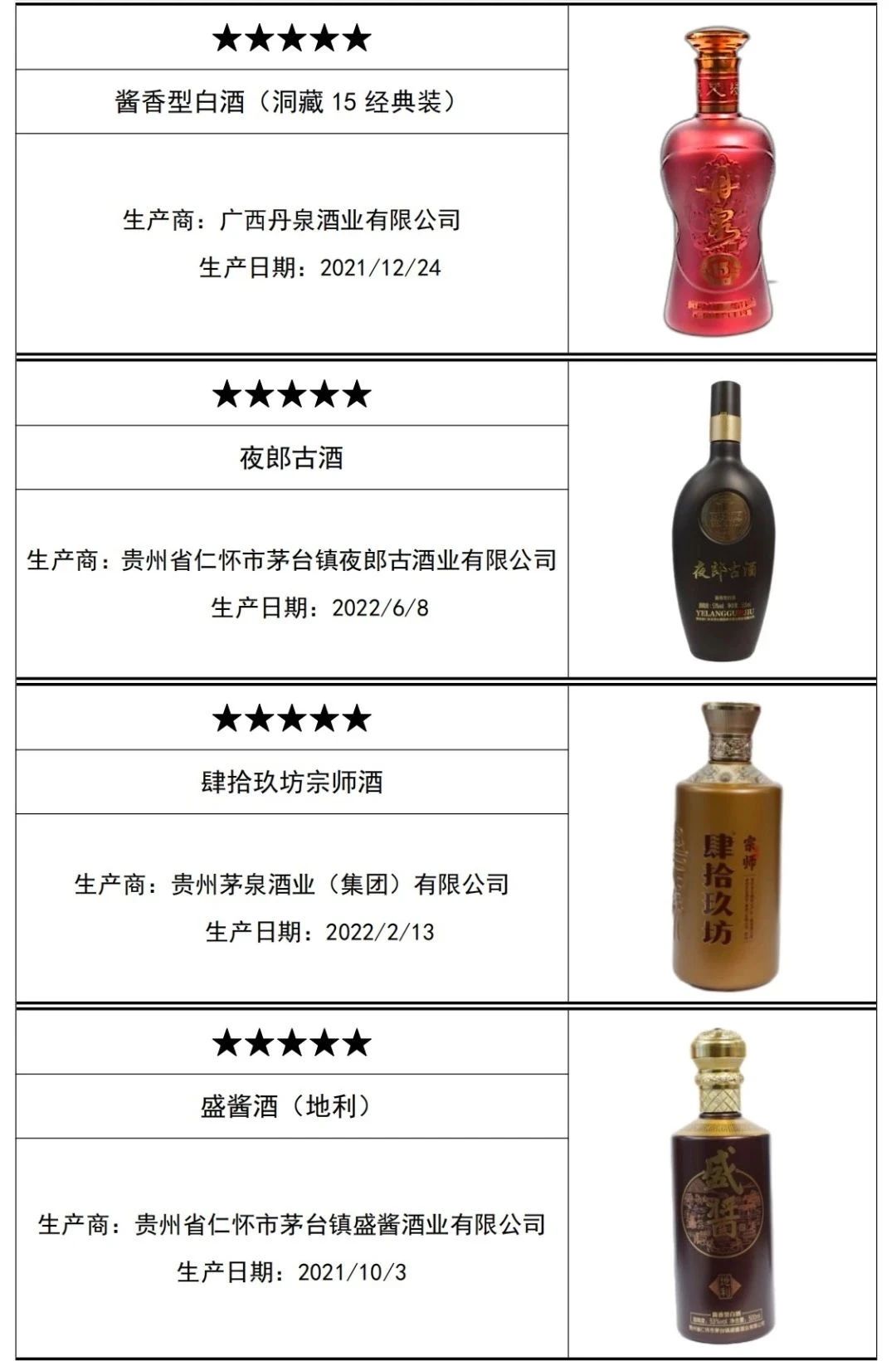
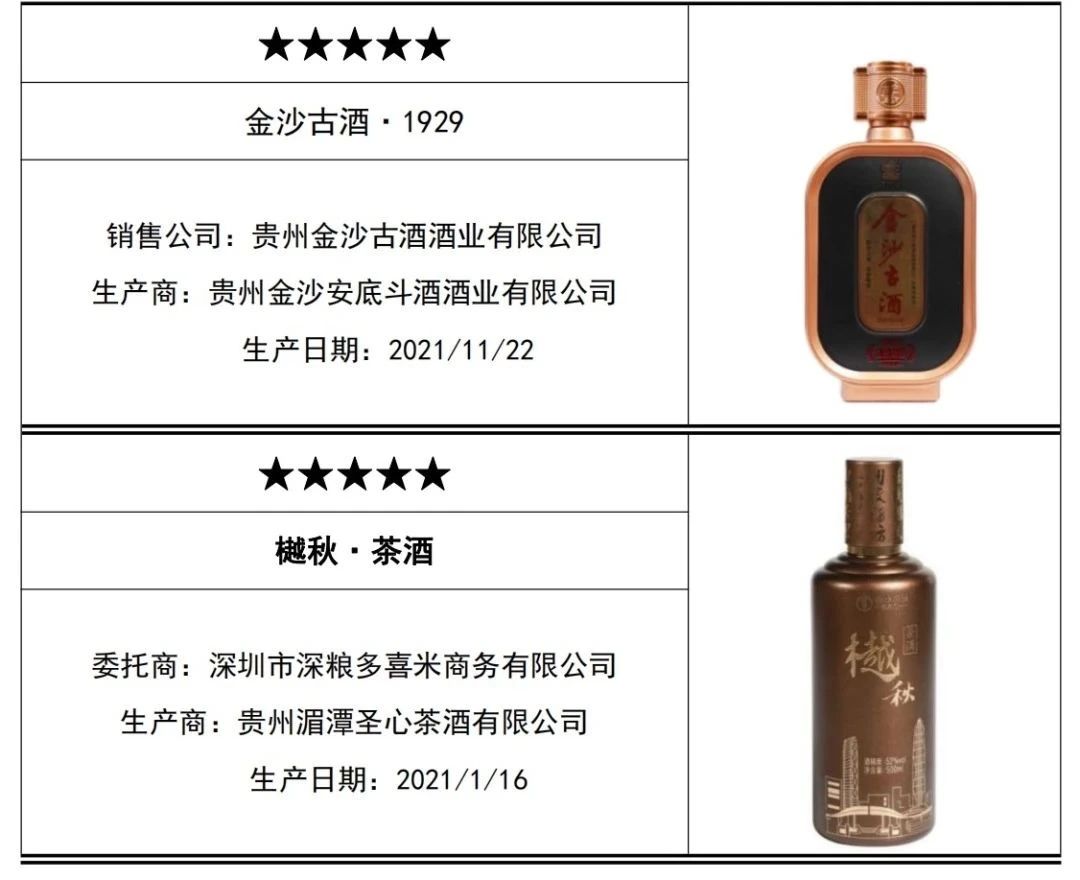
300 price group five star preferred list
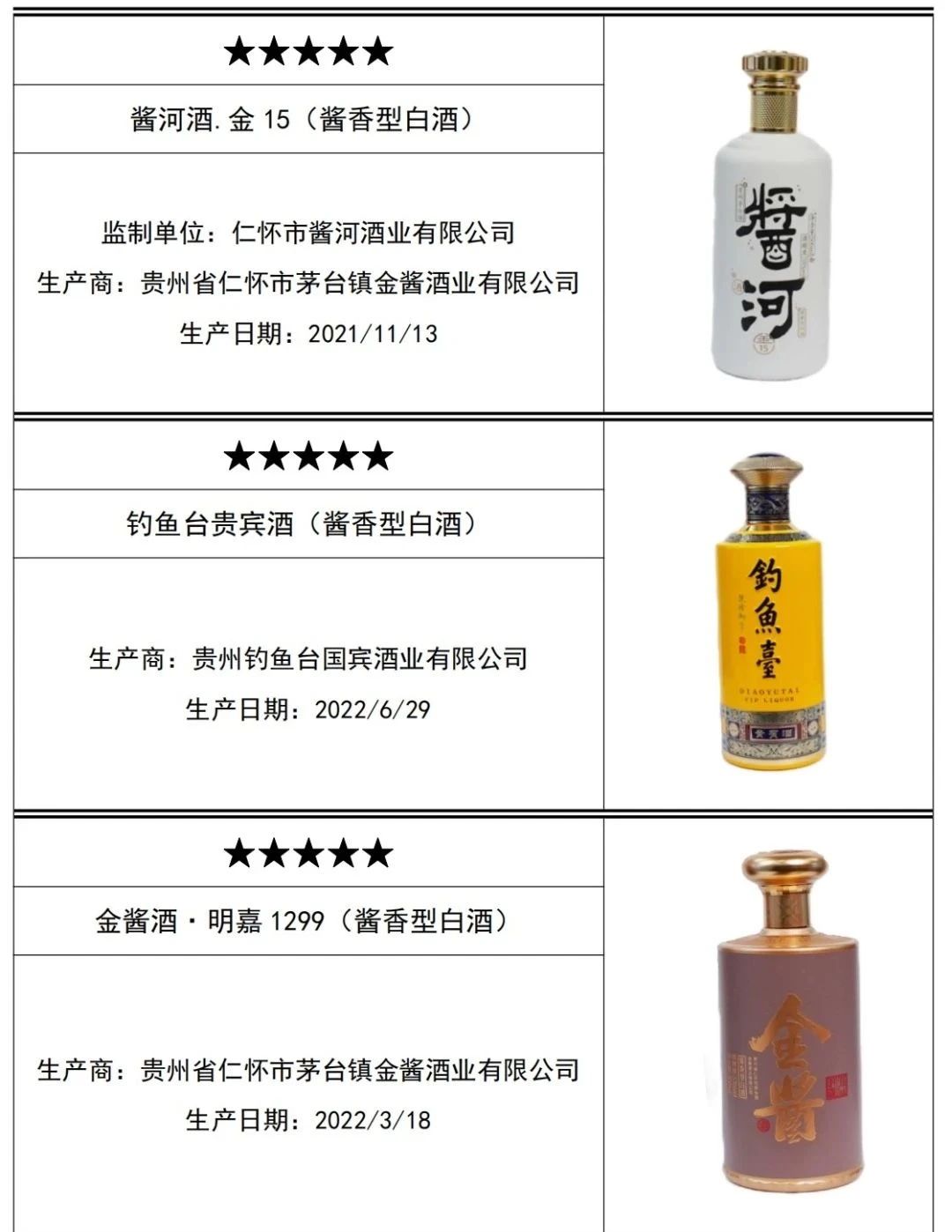
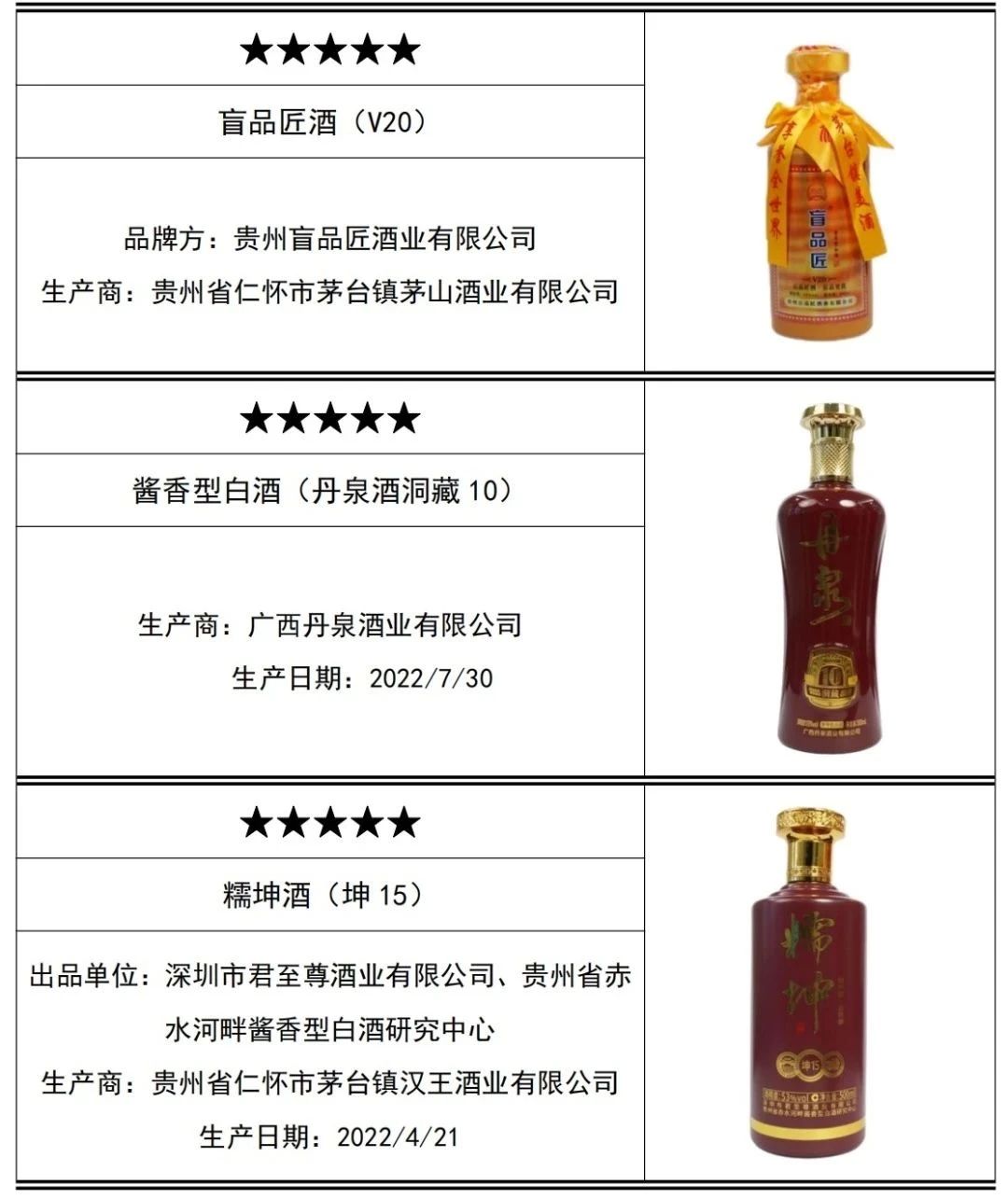
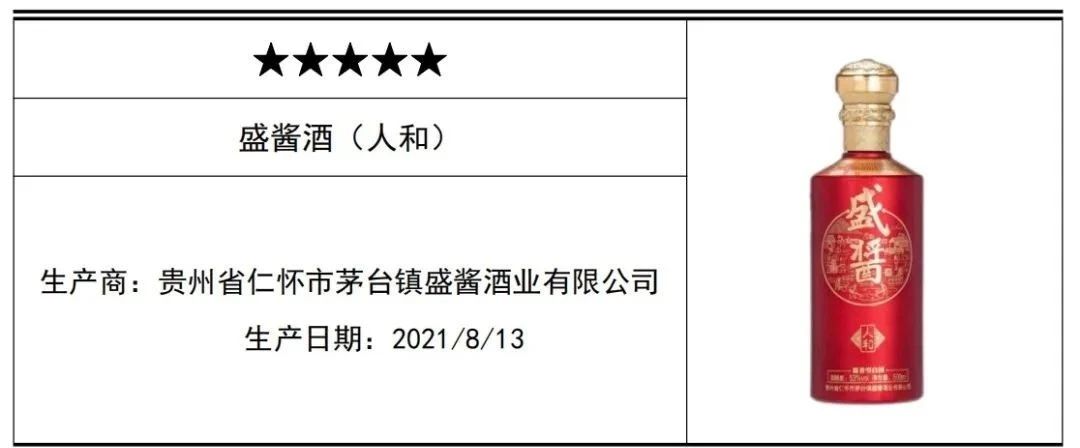
600 price group four star recommended list
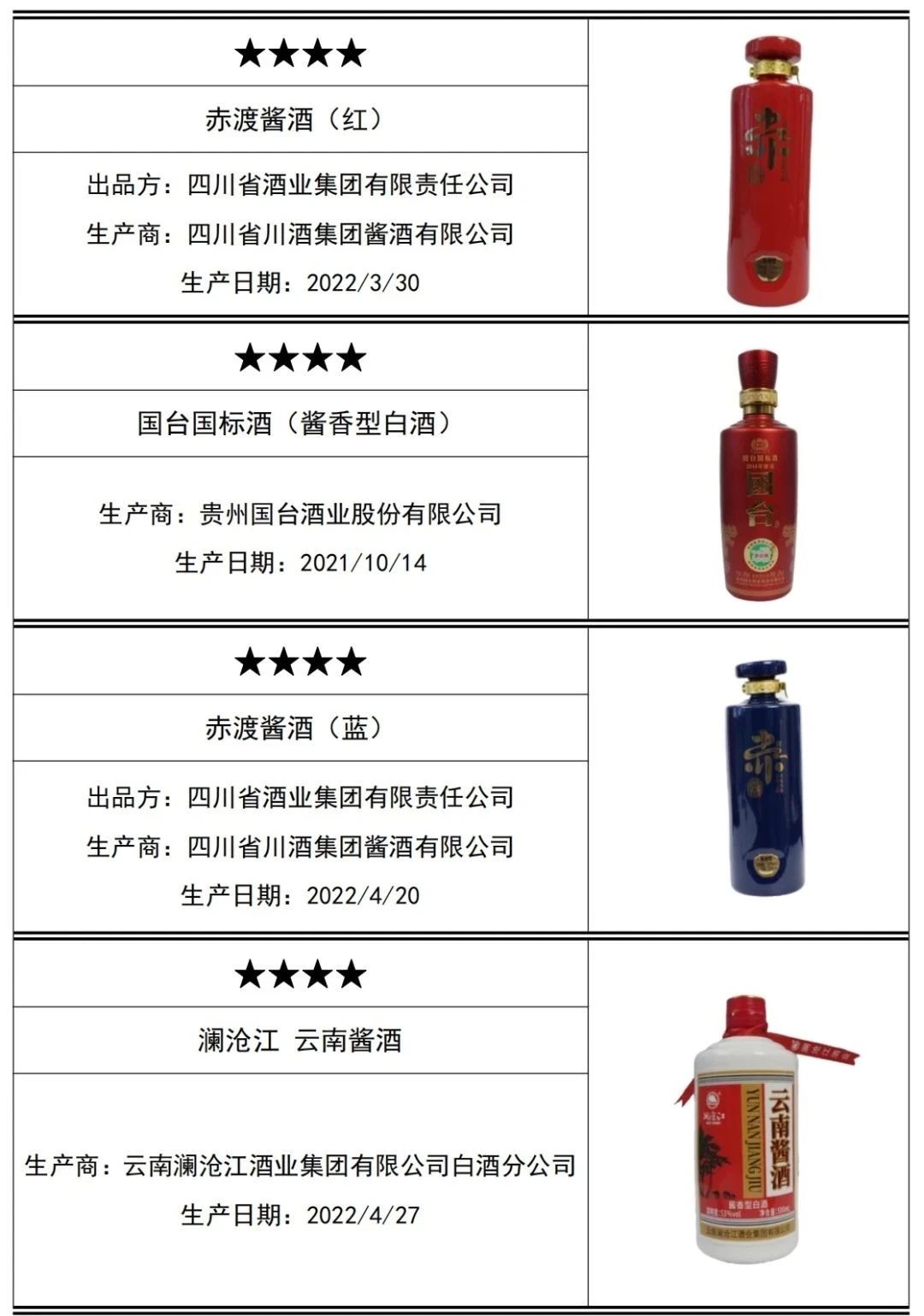
300 price group four star recommended list
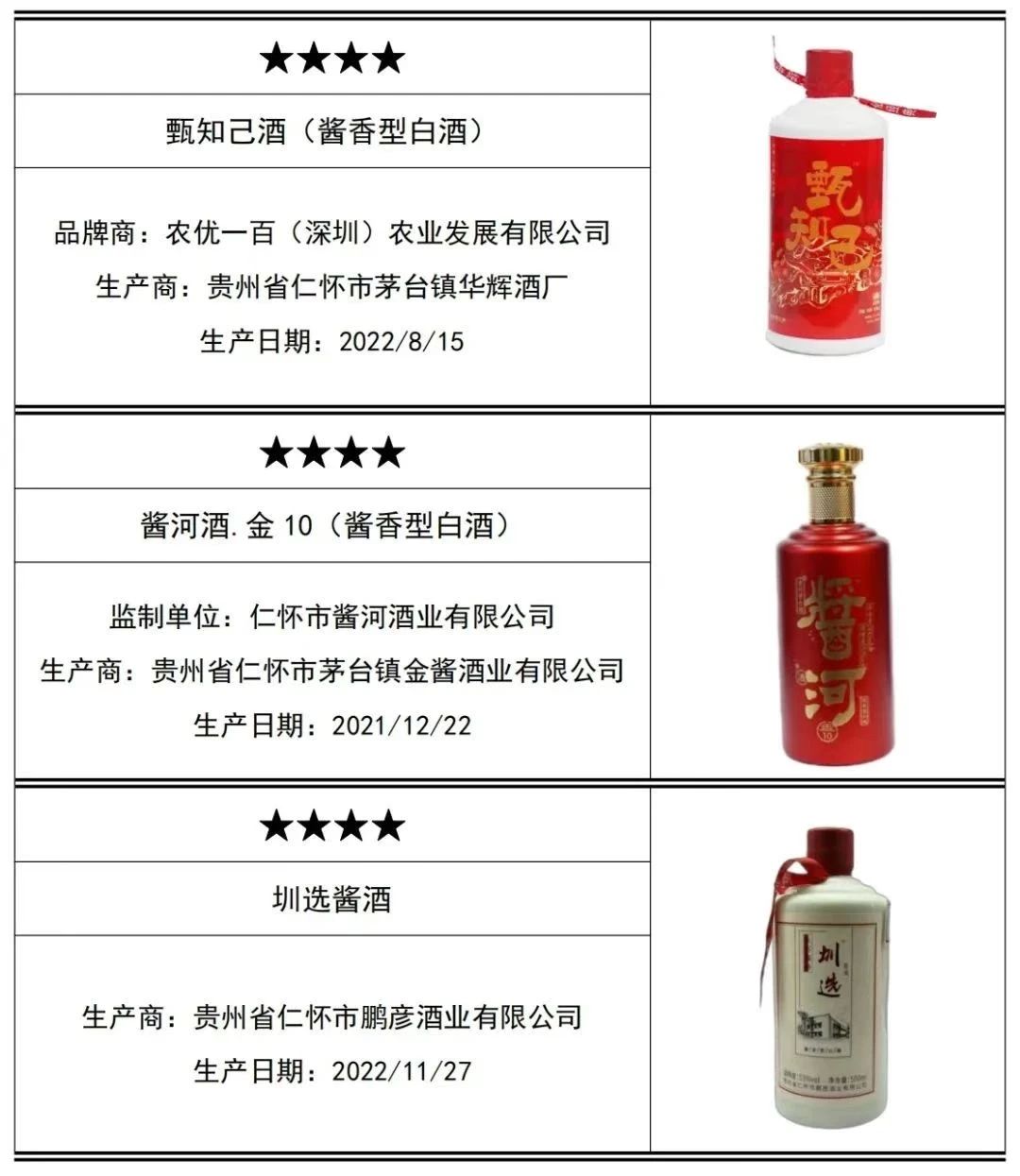
Note:
1. The evaluation result is expressed with "★", the more "★" the better the result, the same star ranking is in no particular order.
2. Evaluation results are graded only for products within the same price group, and cross-group evaluation results are not comparable
3. The evaluation results are only responsible for the products entered in this activity, and do not represent the quality status of other products of different batches and specifications of the same brand.
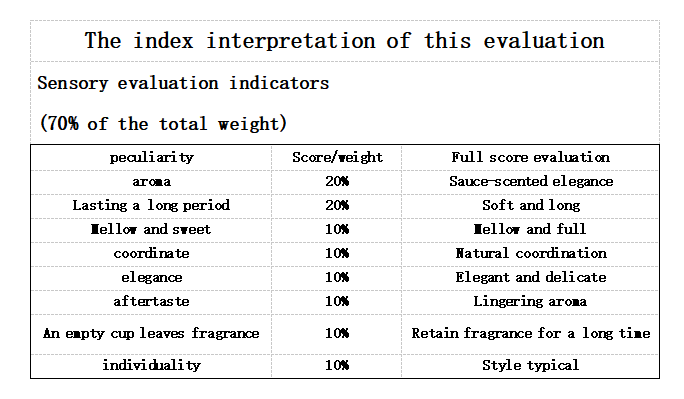
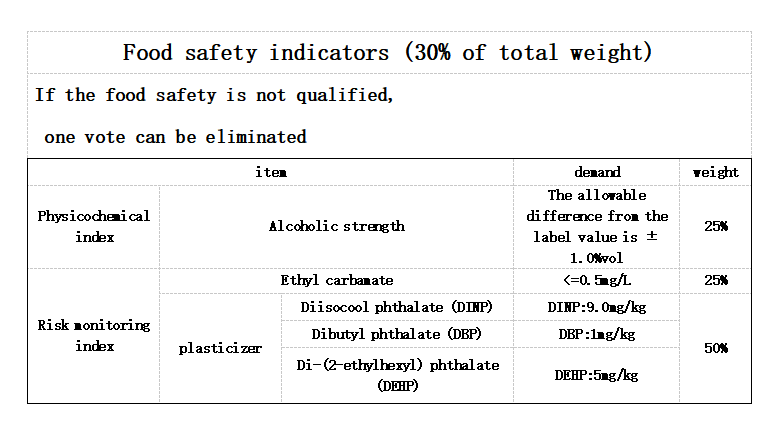

Sensory evaluation
The personnel of this sensory evaluation are composed of the wine evaluation expert group (national first-level wine tasting committee of Shenzhen City and other national wine tasting representatives, and invited representatives of well-known enterprises in sauce wine producing areas), nearly 40 well-known industry associations in Shenzhen, media representatives, and consumer representatives, respectively holding sensory evaluation activities. According to the sensory evaluation index, the sensory evaluation of the sauce wine participating in the selection activity was carried out, focusing on the aroma, alcohol sweetness, coordination, aftertaste, empty cup aroma and flavor personality of each sauce wine.

Safety index
1: Alcohol is related to the production process of the product and is a key indicator of the quality of liquor. The alcohol level of each wine affects the unique taste and flavor of the wine, and is closely related to the stability of product packaging and transportation. Therefore, the alcohol content must be within a certain range of the value indicated on the packaging label of the product (+1.0%vol).
2: Ethyl Carbamate (EC), also known as urane, is a harmful substance produced in the production and processing of fermented food, and the International Agency for Research on Cancer (ARC) classifies it as a class 2A carcinogen, that is, a substance that may cause cancer in humans. Recent studies have also shown that ethylene carbamate may cause oxidative damage to the liver and iron death. Health and Prevention Canada has set a limit of 150ug/L for ethyl carbamate in distilled spirits and 400ug/L for spirits and fruit brandies. The upper limit for fruit brandy in France, Germany and Switzerland is 1000ug/L, 800ug/L and 1000ug/L respectively. There is China Wine Association group standard T/CBJ 0032016 in China, the limit of ethyl carbamate in solid state sauce-flavor liquor is 500ug/L.
3:DEHP, DBP and DINP are plasticizers commonly used in plastic products (commonly known as plasticizers), which are easy to dissolve from plastic products and enter the environment, causing pollution to food. Since December 2012, the problem of plasticizers in liquor has aroused widespread concern in society. DEHP and DBP are not allowed to be added to food, but due to the widespread presence of plasticizers in the environment, the plasticizers in liquor can come from both environmental pollution and packaging material migration pollution. It was found that the migration of DEHP and DBP from plastic pipes to liquor was the main factor leading to the existence of plasticizers in liquor. Excessive intake of plasticizers may cause negative effects on human hormones, reproduction, liver, etc. In June 2011, the Ministry of Health of China issued a notice, requiring the maximum residual amount of DEHP, DINP and DBP in food and food additives to be 1.5mg/kg, 9.0mg/kg and 0.3mg/kg respectively. In June 2014, the National Health and Family Planning Commission announced the risk assessment results of plasticizers in liquor products, which believed that the content of DEHP and DBP in liquor was 5mg/kg and 1mg/ kg respectively.

Consumption prompt

Pay attention to brand reputation and trust: consumers in the purchase of sauce-flavor liquor is recommended to give priority to choose a good reputation and reputation of the brand product quality control enterprises, in the liquor brewing process will strictly control the quality of raw materials and the use of technology to ensure the quality and safety of their products. Consumers can make more informed purchasing decisions by looking at product certification certificates and testing reports provided by merchants, reviewing past consumer reviews of the brand, and browsing professional reviews to refer to reliable recommendation information。
Check labels and certificates of origin: It is recommended to carefully read the labels and instructions of baijiu to understand the brewing process, the place of origin, the source of raw materials and the ingredients of the recipe. High-quality Maotai-flavored baijiu usually has its origin and ingredients marked on the bottle. Wines from specific regions are often protected and identified by geographical indications, which indicate their uniqueness and traditional craftsmanship in the region of origin.
END.
Post time: Aug-04-2023
